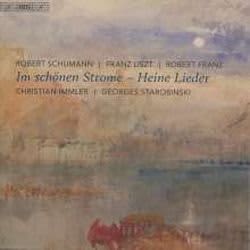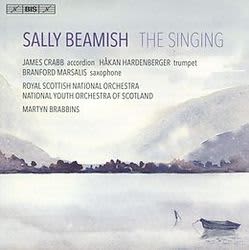Περιγραφή
Καλλιτέχνες
|
The audience who heard the E minor Symphony for the first time in Meiningen on 25 October 1885 was thrilled. It was to be another great success for the composer who, since Wagner’s death in 1883, had been regarded unchallenged – albeit not unchallenged – as the first of the living composers. Like the Third Symphony, Brahms’ Fourth was composed during the summer months: in 1884 and 1885 Brahms stayed in Mürzzuschlag – located in north-eastern Styria between Vienna and Graz – and composed. “But there are a few Entr’actes – what is usually called a symphony together,” Brahms ironically understated the conductor Hans von Bülow at the beginning of September 1885. Whether one can draw conclusions from this remark as to relationships across movements is extremely questionable; in fact – unlike in his Third Symphony – there are no superficial motivic dependencies between the movements. – Bernd Alois Zimmermann has left behind a comparatively manageable musical oeuvre and has nevertheless become a key figure of the composer generation after the Second World War. Above all the “Requiem für einen jungen Dichter” from 1969 or the opera “Die Soldaten” (The Soldiers) (premiered in 1965), which was at times considered to be unplayable, are the main reasons for the fame of the composer who voluntarily retired from life in 1970. Many of the modern typesetting techniques and the partly experimental attempts to structure the sound material by new principles of order can also be found with him: twelve-tone compositions, serial procedures, the use of electronic music but also historical typesetting techniques. Furthermore, Zimmermann had a great inclination towards jazz: in his trumpet concerto, which was commissioned by Norddeutscher Rundfunk in 1954 and premiered a year later in Hamburg by soloist Adolf Scherbaum, he combined jazz elements with the form of a soloist concerto for the first time. |










